NBA Offseason Development with the Los Angeles Clippers
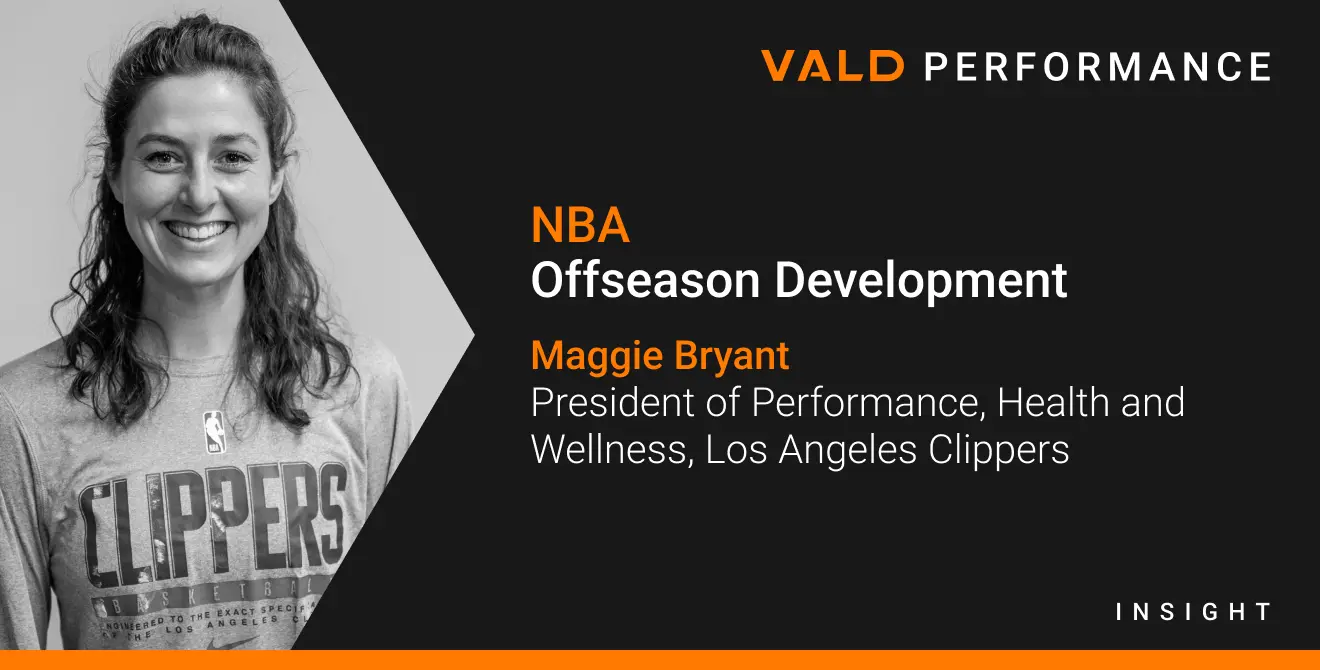
In the highly competitive world of professional basketball, offseason training and health management are crucial to ensure athletes are prepared for an 82+ game National Basketball Association (NBA) season. The Los Angeles Clippers prioritize their offseason and health screening aspects to stay at the top of their game.
The Clippers' health team plays a pivotal role in this process, utilizing technology and comprehensive assessments to optimize player health and performance.
In this interview, we speak with Maggie Bryant, President of Performance, Health and Wellness for the Los Angeles Clippers, to explore her team’s innovative testing protocols and the integration of VALD technologies like ForceDecks, NordBord, ForceFrame and DynaMo in their offseason programs.
What does your testing protocol look like when evaluating a new player?
In addition to their subjective interview and accessing their medical history, we have a robust testing protocol for new players. As with any profiling assessment, you want to grab specific bits of information about their individual basketball characteristics and key health metrics.
Our objective screen starts with a general range of motion (ROM) assessment, both on the table and while standing, focusing on key basketball requirements. This often involves looking at the athlete’s hips, knees, ankles and lower back ROM to assess their current movement capabilities.
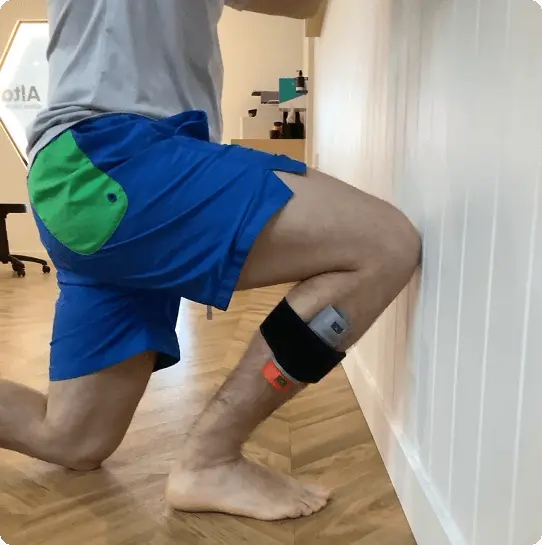
Athlete performing a half kneeling knee to wall ROM test using DynaMo Plus.
Next, we assess the athlete’s force production using various tests with VALD’s ForceDecks, ForceFrame, NordBord and DynaMo systems. These systems allow us to conduct a joint-by-joint strength assessment for each athlete:
| Quality | Technology | Assessment Options |
|---|---|---|
| Hip Strength |
Fixed-Frame Dynamometry
 | Hip Abduction and Adduction using ForceFrame:
|
| Knee Strength |
In-Line Dynamometry
 | Knee Flexion and Extension using DynaMo Plus:
|
| Ankle Strength |
Force Plates
 | Seated and Standing Isometric Plantar Flexion using ForceDecks:
|
…we assess the athlete’s force production using various tests with VALD’s ForceFrame, NordBord and DynaMo systems. These systems allow us to conduct a joint-by-joint strength assessment for each athlete.
After selecting the tests that we found valuable based on our players' history and the demands of the NBA, we shifted our focus toward optimizing each test setup. By having a setup procedure for each test, we can ensure the repeatability of each assessment is comparable both within and between players.
By having a setup procedure for each test, we can ensure the repeatability of each assessment is comparable both within and between players.
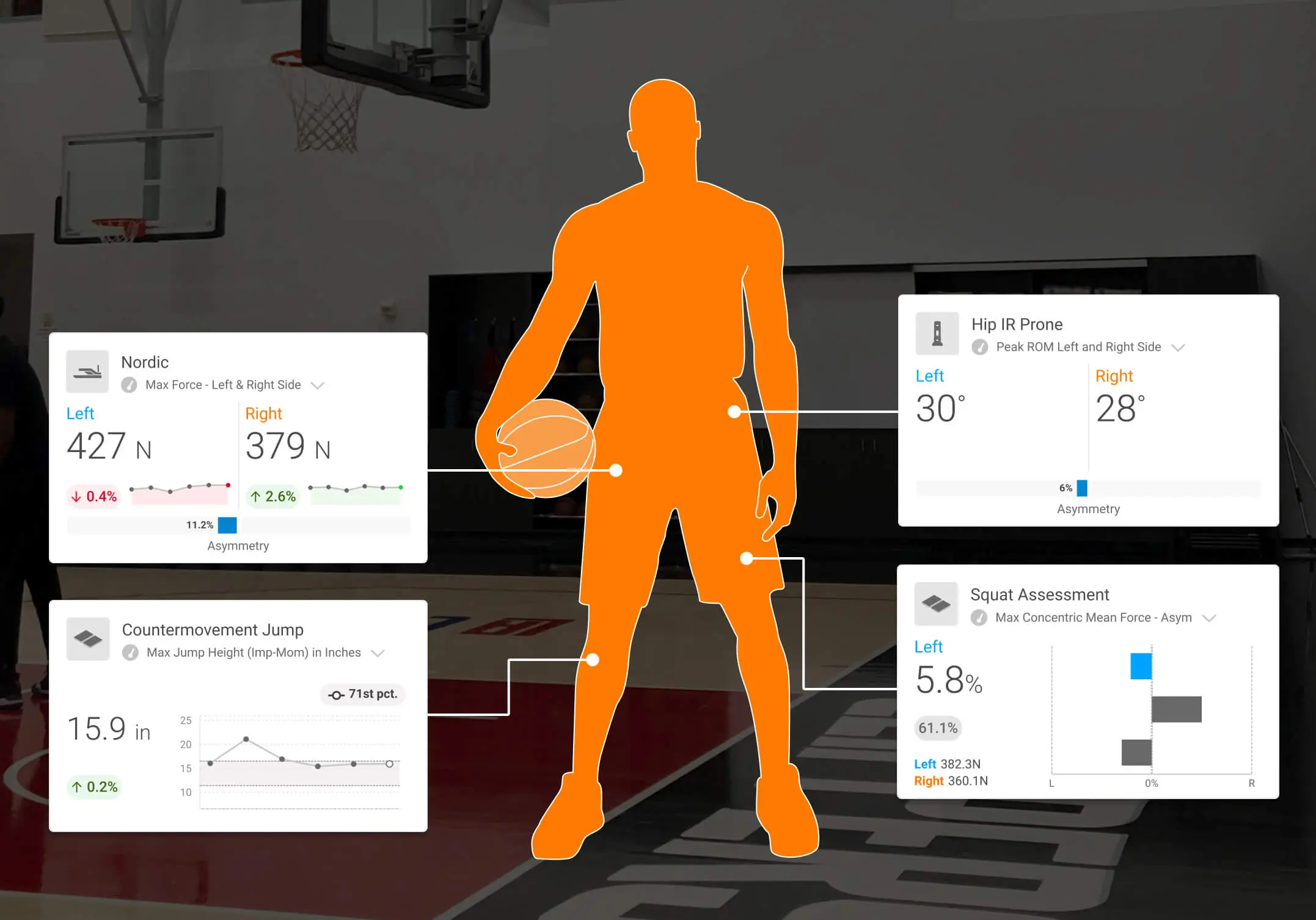
Afterward, we begin conducting jump profiles with each athlete using ForceDecks. This is normally centered around the countermovement jump (CMJ), as it is a common test we use in-season as well. This allows us to gather a quality baseline assessment to compare against if injury or training changes occur mid-season. We let the athletes familiarize themselves with the test before taking the average of three maximum effort trials so we can feel confident that we’re getting a true measure of their capabilities.
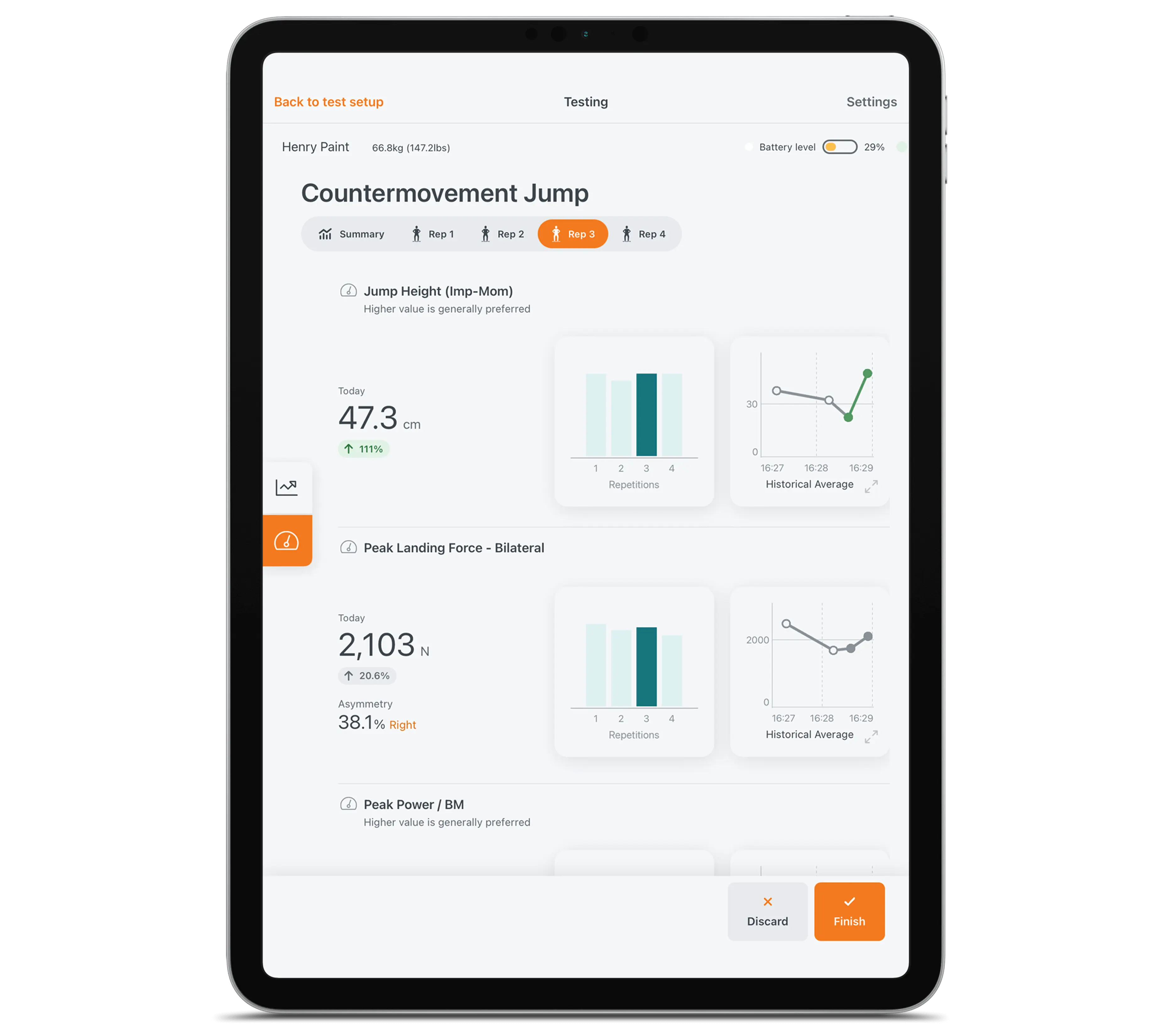
Finally, we perform on-court tests like the three-quarter sprint and lane agility drills to understand how their characteristics in the weight room transfer to basketball-specific attributes.
How has the implementation of technology evolved at the Clippers over the past six years?
Each year, we look back at our injury reports and pick up on themes in injury occurrence and time loss. This helps us decide on technology implementation and define the problem(s) we’re looking to solve. Initially, our focus was on basic kinematic and kinetic assessments like subjective movement quality in a split squat or side lunge position, but over time, we've integrated more advanced systems.
For example, we now use 3D motion capture systems to analyze court-specific movements, which helps us understand the mechanics behind injuries and performance. We've also increased the use of ForceDecks for monitoring lower extremity peak force, reactive strength and power, particularly in response to a rise in calf injuries.
We've also increased the use of ForceDecks for monitoring lower extremity peak force, reactive strength and power, particularly in response to a rise in calf injuries.
Historically, tech was used mainly for return-to-play (RTP) processes, but now we have implemented it from day one. For instance, with a calf injury, we might use ForceDecks early to measure force production when pain levels are high and subsequently track this throughout rehab to guide the process objectively.
By incorporating technology early, we can obtain precise data on the injury's impact and monitor progress longitudinally. This allows us to anticipate recovery trajectories and influences how we adjust rehab plans based on objective metrics such as peak force, rate of force development (RFD) or other jump-specific qualities.
Historically, tech was used mainly for RTP processes, but now we have implemented it from day one. By incorporating technology early, we can obtain precise data on the injury's impact and monitor progress longitudinally.
This approach not only helps in tailoring the rehabilitation to the athlete's specific needs but also in ensuring that every stage of recovery is backed by accurate data, minimizing the risk of re-injury and optimizing the RTP timeline.
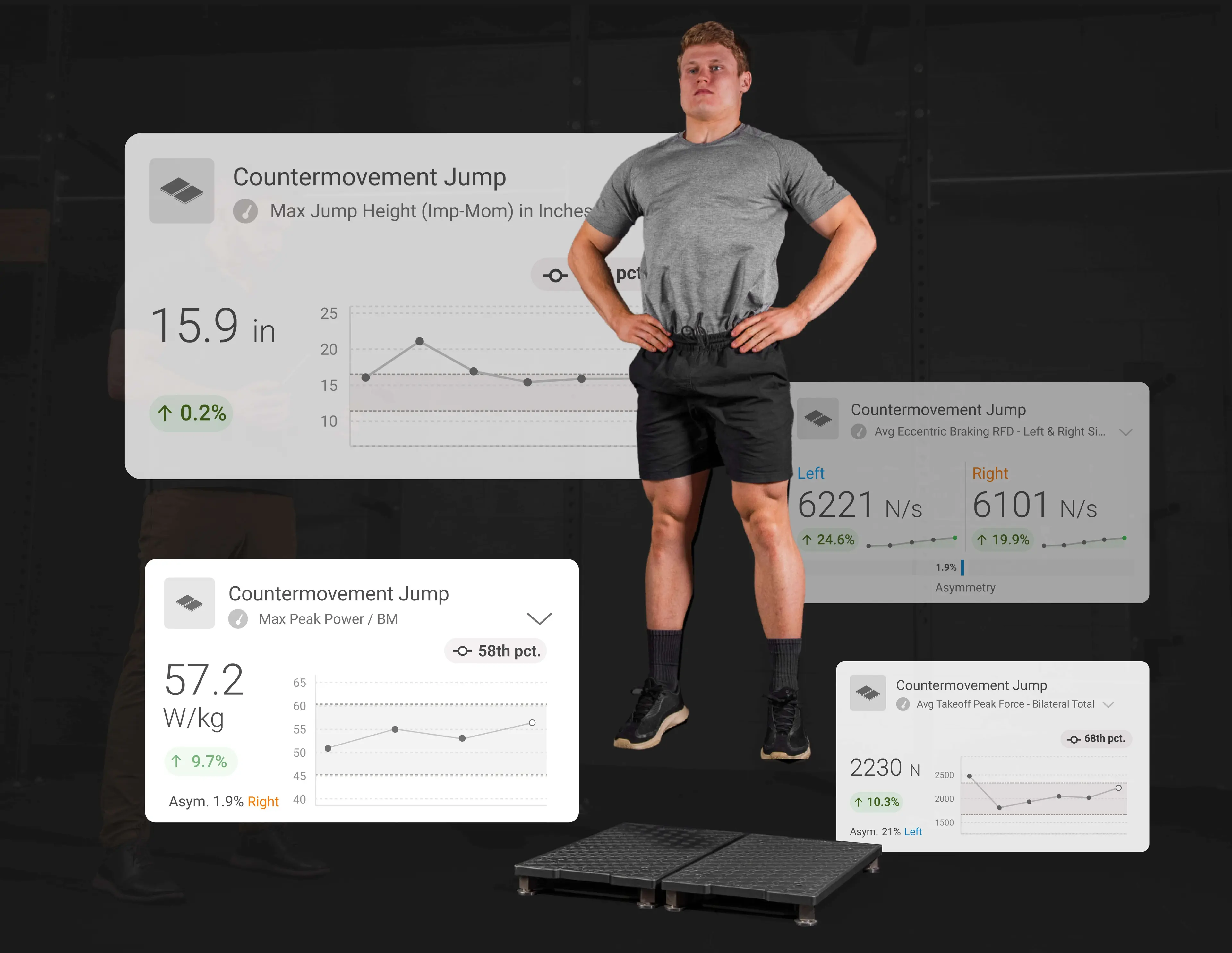
Combining both jump tests and isometrics on a single platform allows us to measure qualities like plantarflexion strength and jump height quickly and simply without taking valuable time away from the rehab session. The continuous advancements in technology have enabled us to move from solely using force plates and dynamometers for RTP protocols to incorporating them throughout the entire rehab process, ensuring we have objective data at every stage of an athlete's recovery.
Combining both jump tests and isometrics on a single platform allows us to measure qualities like plantarflexion strength and jump height quickly and simply without taking valuable time away from the rehab session.
What makes basketball profiling and monitoring different from other sports?
Basketball's demands are unique, with high-intensity accelerations, decelerations, jumps and multidirectional changes. These movements are critical for all basketball players; however, position-based requirements tend to come up when we take a deeper dive into sports performance.
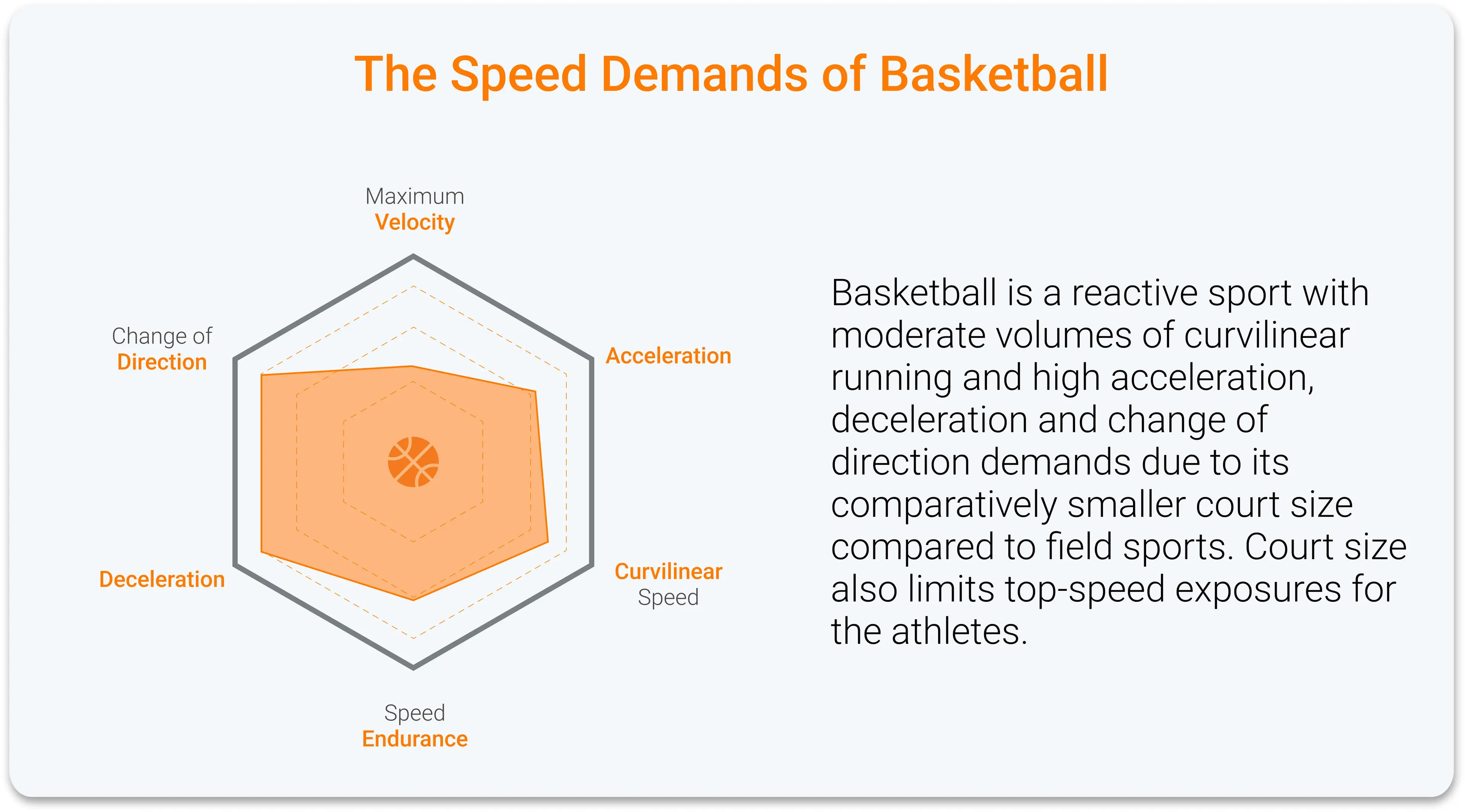
Smaller roster sizes in basketball, compared to sports like American football, allow for greater bandwidth when it comes to testing procedures. In football, diverse positions mean vastly different physical demands, making it challenging to apply a uniform testing approach.
In basketball, while the roles vary, the foundational movements such as jumping, accelerating and changing direction remain consistent across positions. This allows the tests we perform with each athlete to remain similar, while the metrics we look at between athletes will differ depending on history, position and other performance variables.
…tests we perform with each athlete to remain similar, while the metrics we look at between athletes will differ depending on history, position and other performance variables.
How do metrics change between different positions, like guards and centers?
High-intensity decelerations are more critical for guards, who need to navigate small spaces quickly; therefore, we typically focus on metrics that emphasize agility and speed, such as accelerations, decelerations and changes of direction. On the other hand, “bigs” (power forwards and centers) focus on performance aspects like body control in contact situations. Here, we might focus more on metrics related to strength and stability, such as their ability to maintain balance and control under physical conditions under the rim.
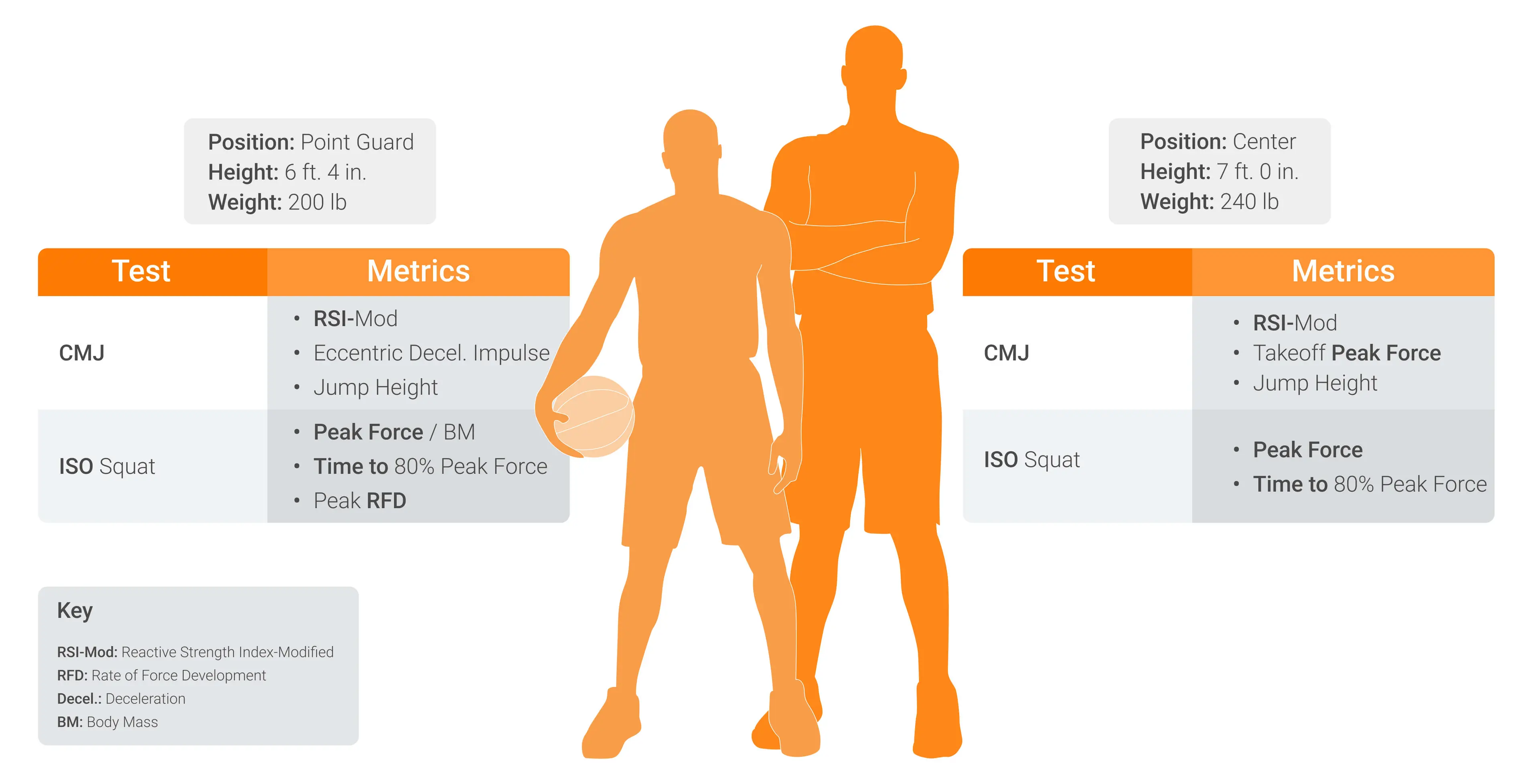
Although we use similar testing protocols, we stratify results differently based on position-specific requirements. For example, while both guards and centers will undergo jump testing, the emphasis for guards might be on jump height and reactive strength index (RSI), reflecting their need for explosive power. Conversely, for centers, we might look more closely at their force production capabilities, using isometric strength tests to measure their stability and power during physical play.
…while both guards and centers will undergo jump testing, the emphasis for guards might be on jump height and RSI… [Whereas] for centers, we might look more closely at their force production capabilities using isometric strength tests…
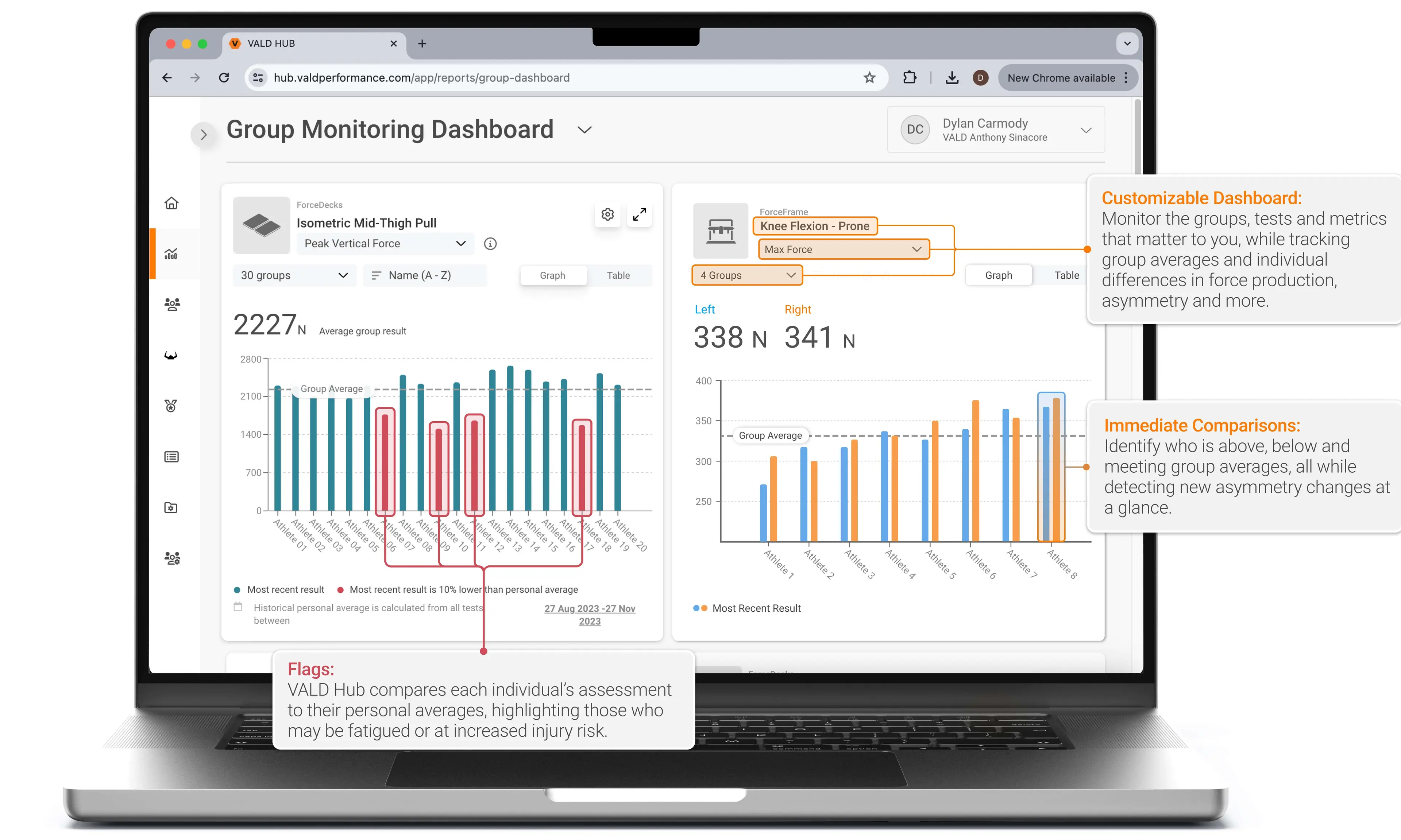
What are the next steps for technology implementation at the Clippers?
We are moving into a new facility with the opportunity to integrate more advanced technology. While this is exciting, we are focused on being specific with the technology we select. This avoids using technology for technology’s sake and forces us to be strategic about what matters and why, ensuring effective use of data.
We plan to focus on the most impactful technologies that provide the clearest insights into our players' performance and health. This means prioritizing systems that offer comprehensive, actionable data without overwhelming our staff or the players with unnecessary testing. For instance, integrating centralized data platforms, such as VALD Hub, that consolidate information from various tests and assessments will help us streamline our processes and make more informed decisions.
…integrating centralized data platforms, such as VALD Hub, consolidate information from various tests and assessments will help us streamline our processes and make more informed decisions.
We aim to create a testing environment where each piece of technology serves a clear purpose, contributing to a holistic understanding of each athlete's capabilities and needs.
Stay tuned for more insights and interviews from leading high-performance practitioners, researchers and industry leaders from VALD Performance.
If you would like to know more about how to integrate VALD’s human measurement technology into your organization to help with the engagement of your clients, please reach out here.
